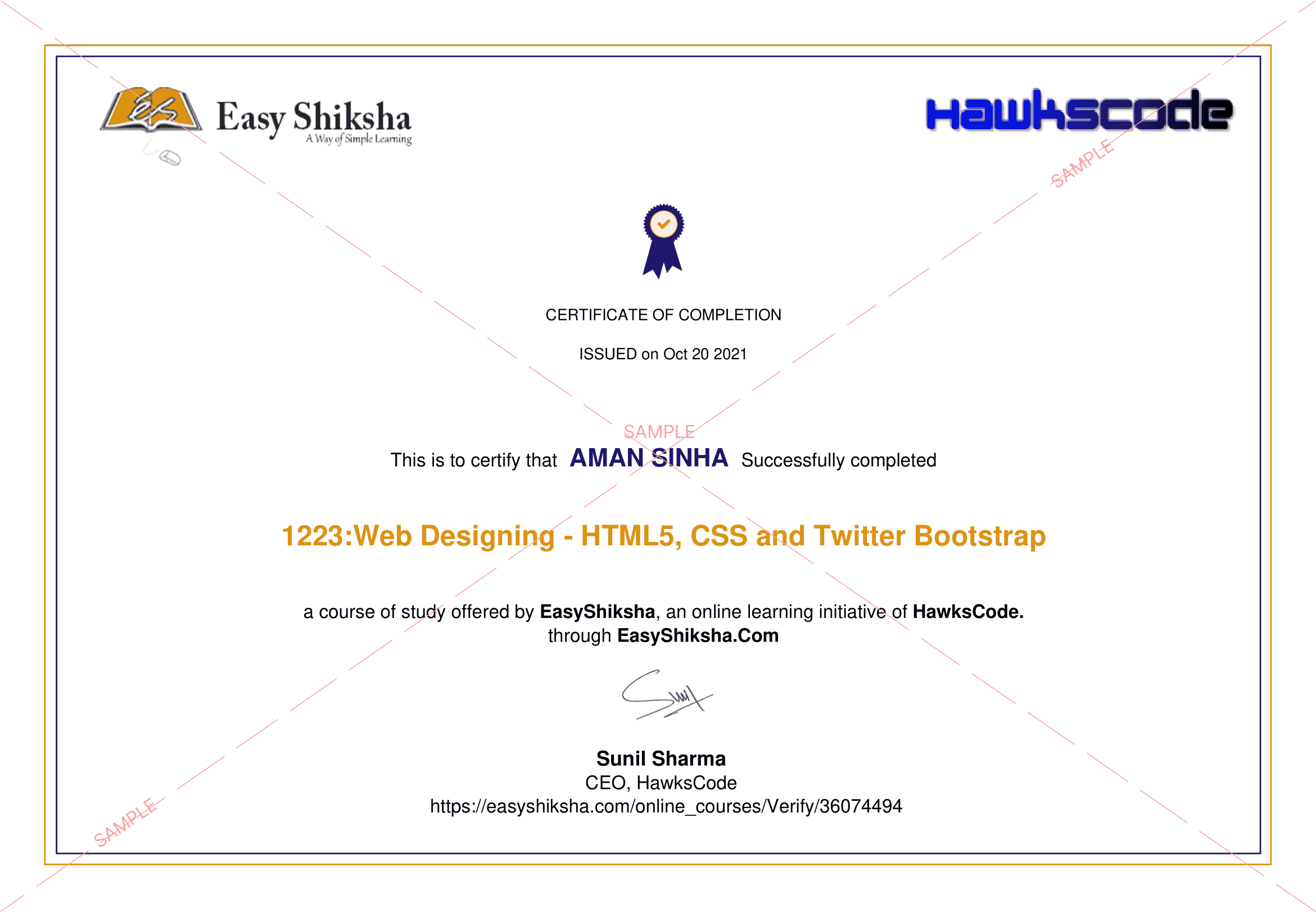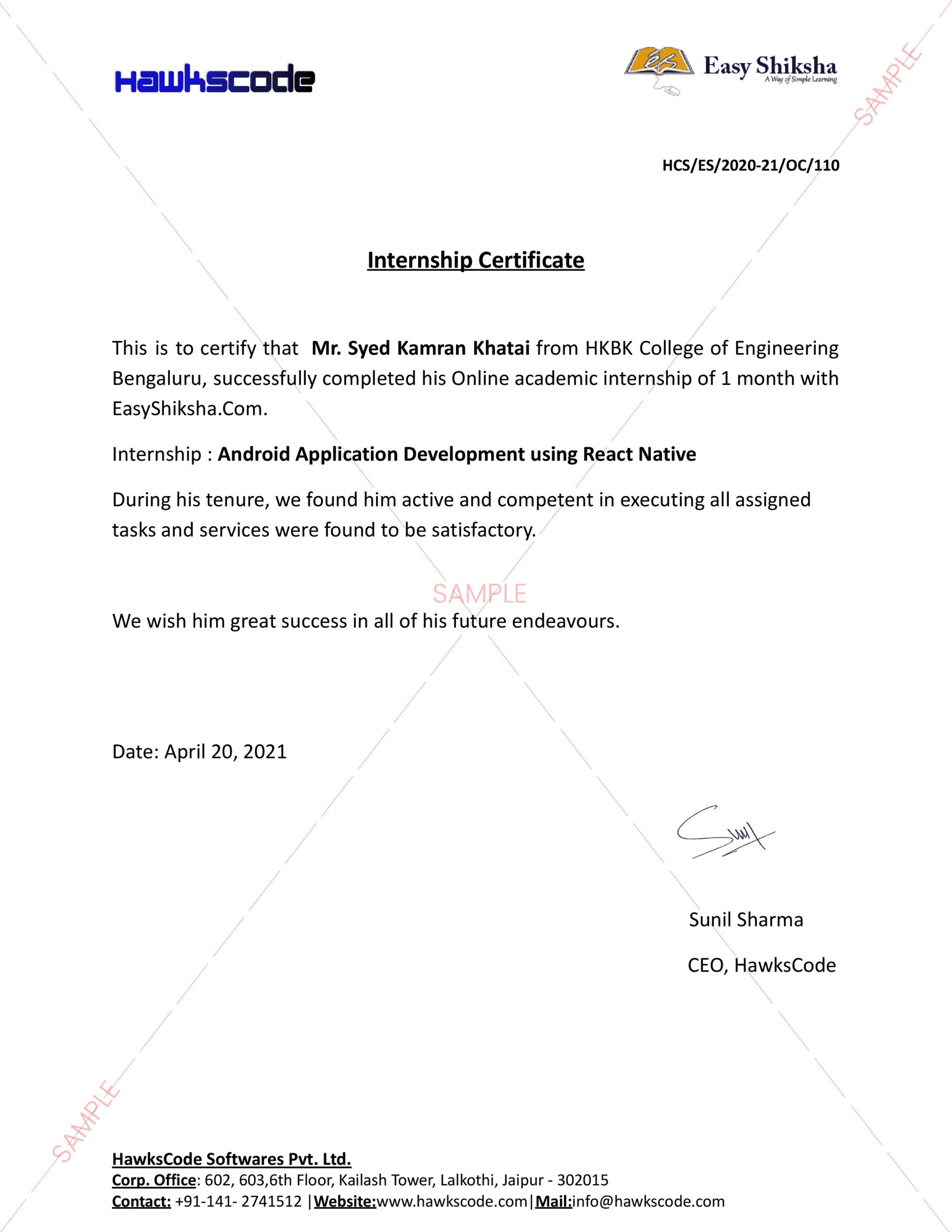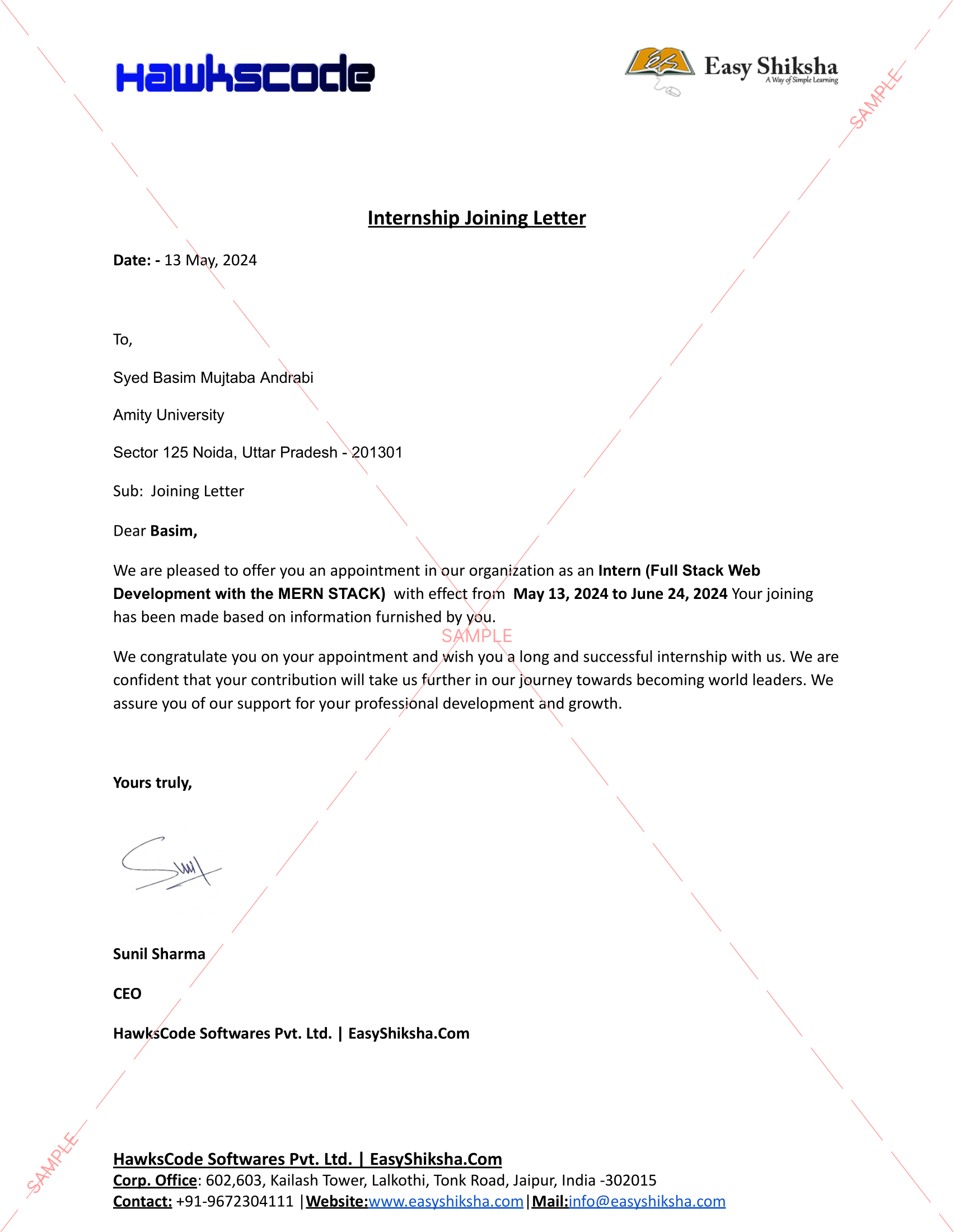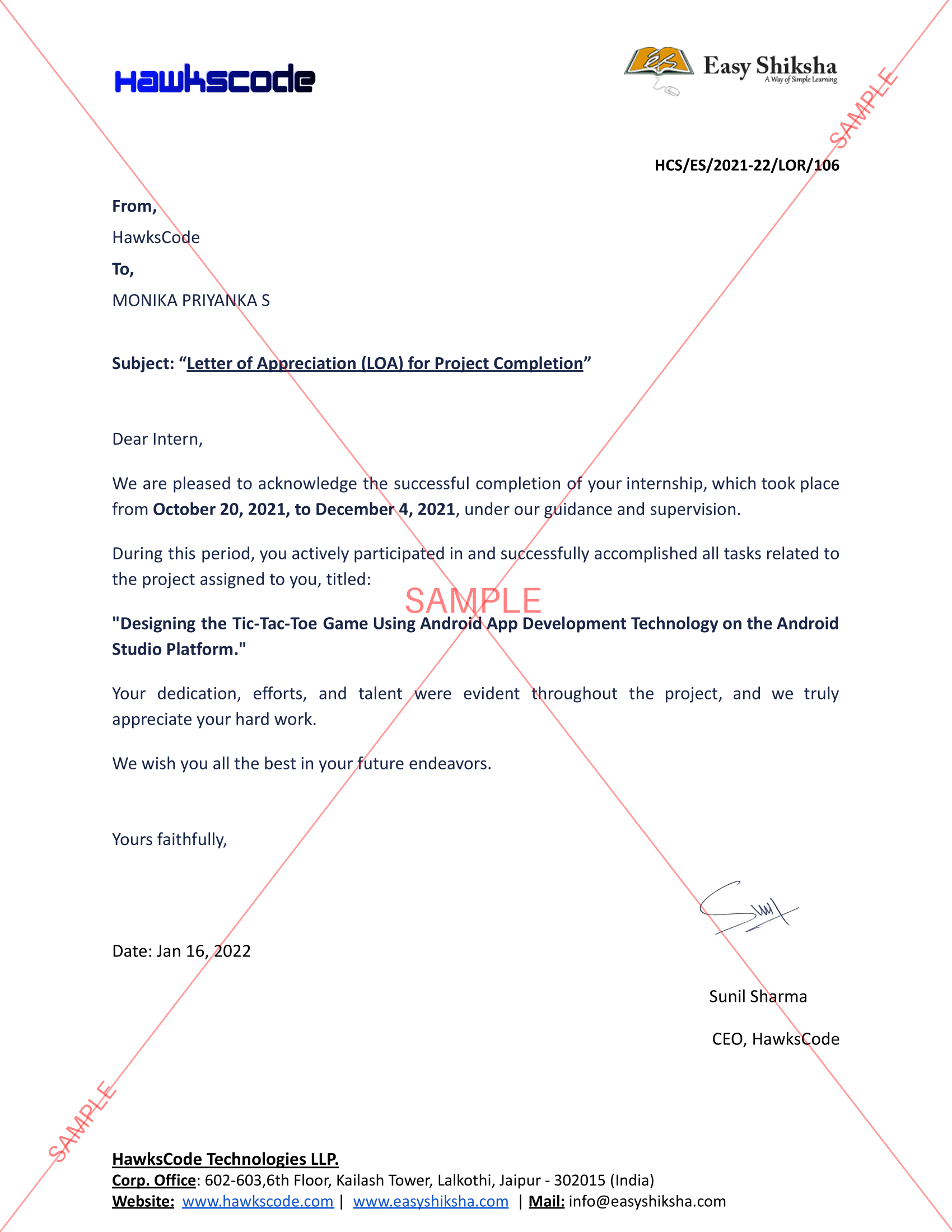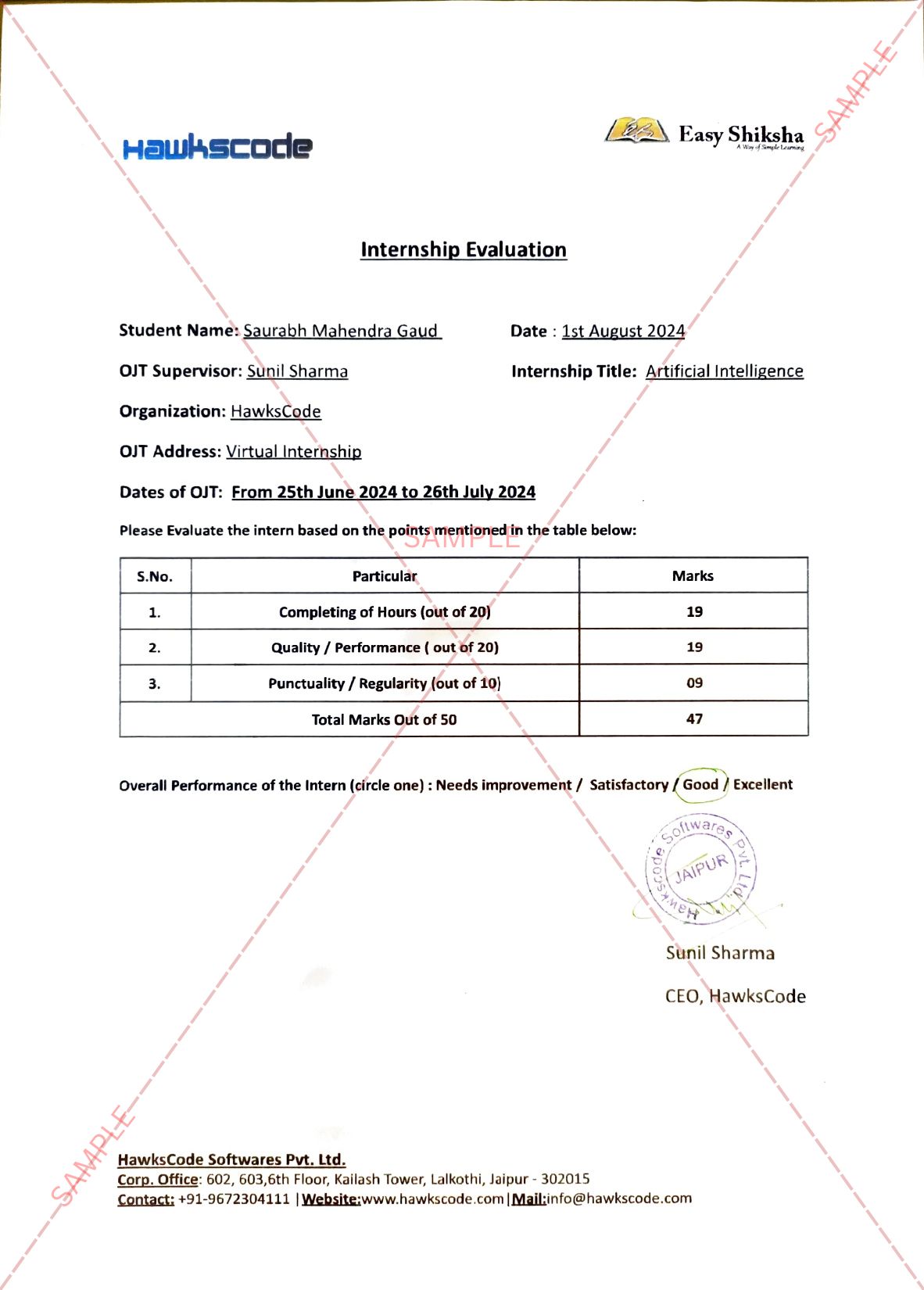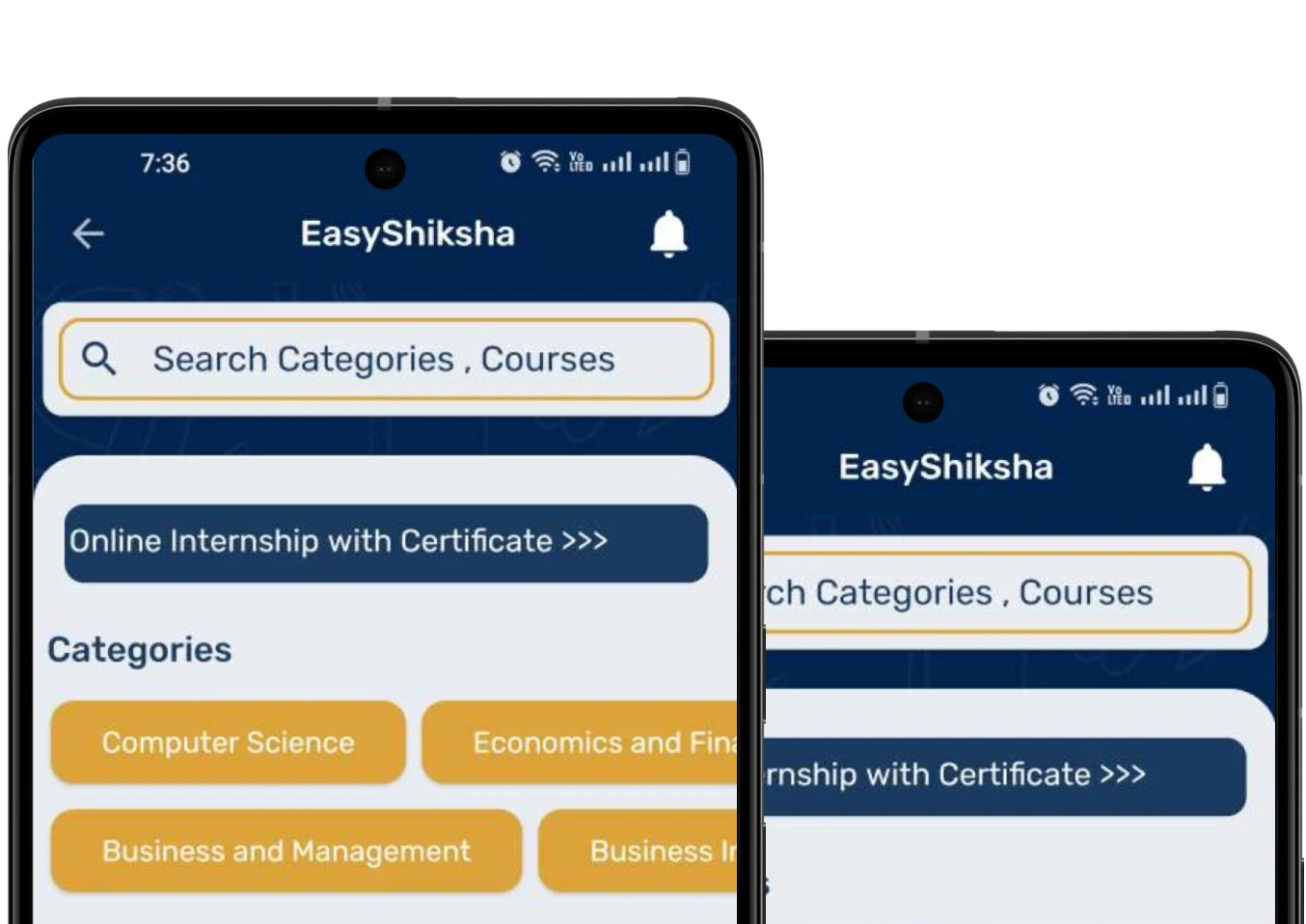In today’s fast-paced work environment, effective training programs are essential for organizational success. Well-designed training not only enhances employee skills but also boosts engagement and productivity. As platforms like EasyShiksha.com make educational resources more accessible, understanding how to create engaging and impactful training programs is more important than ever. This article explores key strategies for developing effective training that resonates with learners.

Internship/Training with universally recognized certificates accepted by all Universities and Industries
Join over 1,00,000 students from 300+ universities who have already completed internships with EasyShiksha and are now employed at leading MNCs.
"Unlock Your Potential, Forge Your Path"
Explore MoreUnderstanding the Core Elements of Effective Training
Effective training programs are not just about delivering content; they are about engaging learners and ensuring that the training translates into practical skills and knowledge. Here are the core elements to consider:
1. Understanding Your Audience
The foundation of effective training lies in understanding your audience. Knowing the demographics, learning styles, and specific needs of your participants can help tailor the program to their preferences.
Tips:
- Conduct Needs Assessments: Surveys and interviews can provide insights into employees’ skill gaps and training expectations.
- Segment Your Audience: Different roles may require different training approaches. Tailor content for various groups to increase relevance.
2. Set Clear Objectives
Clearly defined objectives guide the design and implementation of your training program. They provide a roadmap for what participants should achieve by the end of the course.
Tips:
- Use SMART Criteria: Ensure that objectives are Specific, Measurable, Achievable, Relevant, and Time-bound.
- Communicate Goals: Share the objectives with participants upfront to set expectations and motivate them.
3. Incorporate Interactive Elements
Engagement is key to retaining information. Incorporating interactive elements into your training can make the learning experience more enjoyable and effective.
Tips:
- Use Multimedia: Incorporate videos, infographics, and animations to cater to different learning styles.
- Facilitate Discussions: Encourage group discussions and activities to foster collaboration and peer learning.
- Gamify Learning: Introduce quizzes, challenges, and rewards to make learning more fun and competitive.
4. Provide Practical Applications
Theory is important, but practical application is where true learning occurs. Ensuring that participants can apply what they learn in real-world scenarios enhances the impact of the training.
Tips:
- Case Studies: Use real-life examples to illustrate concepts and allow participants to analyze and solve problems.
- Hands-On Activities: Incorporate simulations or role-playing exercises to practice skills in a controlled environment.
- Follow-Up Assignments: Encourage participants to apply their new skills to their job responsibilities and report back on their experiences.
5. Use Technology Wisely
Technology can enhance training delivery and accessibility. Leveraging modern tools can help create a more dynamic learning environment.
Tips:
- Online Learning Platforms: Utilize platforms like EasyShiksha.com to offer flexible course options that can be accessed anytime, anywhere.
- Learning Management Systems (LMS): Implement an LMS to track progress, provide resources, and facilitate communication between trainers and participants.
- Mobile Compatibility: Ensure that training materials are mobile-friendly, allowing participants to learn on-the-go.
6. Foster a Supportive Learning Environment
Creating a supportive and inclusive learning environment encourages participation and reduces anxiety. A good atmosphere can greatly improve the learning experience.
Tips:
- Encourage Questions: Foster an open environment where participants feel comfortable asking questions and sharing ideas.
- Provide Feedback: Regularly give constructive feedback to help learners understand their progress and areas for improvement.
- Recognize Achievements: Celebrate milestones and accomplishments to motivate participants and build a sense of community.
7. Evaluate and Iterate
The effectiveness of a training program should be continuously evaluated to ensure it meets the desired outcomes. Gathering feedback and making necessary adjustments can lead to improved training experiences.
Tips:
- Collect Feedback: Use surveys or focus groups to gather participants’ opinions on the training content, delivery, and overall experience.
- Assess Learning Outcomes: Measure the knowledge and skills gained through assessments or practical applications.
- Iterate the Program: Use the feedback to refine and enhance future training sessions, ensuring they remain relevant and impactful.

FAQs: Frequently Asked Questions
Q1. What are the key components of an effective training program?
Key components include understanding the audience, setting clear objectives, incorporating interactive elements, providing practical applications, and evaluating outcomes.
Q2. How can I make training more engaging?
Incorporate multimedia, facilitate discussions, use gamification, and involve hands-on activities to enhance engagement.
Q3. What role does technology play in training?
Technology can enhance accessibility, facilitate communication, and provide dynamic learning experiences through online platforms and learning management systems.
Q4. How do I measure the effectiveness of a training program?
Effectiveness can be measured through participant feedback, assessments of knowledge and skills, and tracking practical applications of learned concepts.
Q5. Why is it important to iterate training programs?
Iterating training programs allows you to adapt to changing needs, incorporate feedback, and ensure that training remains relevant and impactful over time.
Also Read: The Rise of Vocational Training: Why More People Are Choosing Skill-Based Education
Get Course: data science course
Conclusion
Creating effective training programs requires a strategic approach that prioritizes engagement, relevance, and practical application. By understanding your audience, setting clear objectives, incorporating interactive elements, leveraging technology, and fostering a supportive environment, you can design training that not only enhances skills but also motivates participants. Platforms like EasyShiksha.com provide valuable resources to aid in this process, helping organizations develop impactful training programs that meet their unique needs.
As you implement these strategies, remember that training is an ongoing process. Continuously evaluate and improve your programs to ensure they remain effective and aligned with the evolving demands of the workplace.
